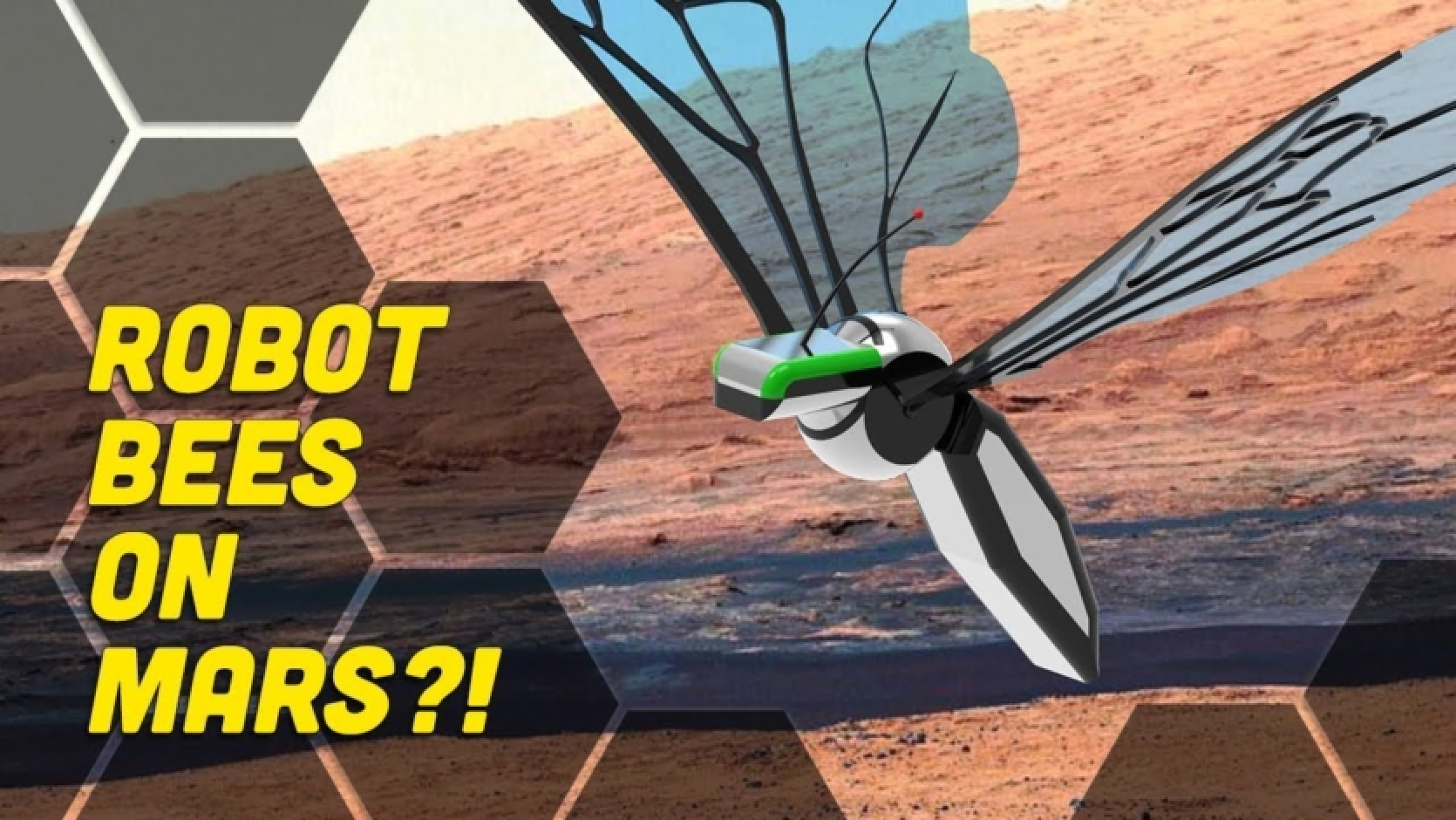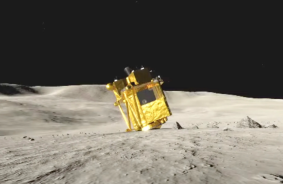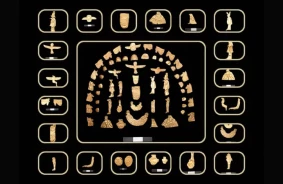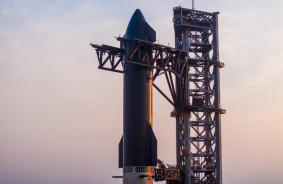The study of other planets has always been a challenging task, but the NASA Institute of Advanced Concepts (NIAC) has proposed an interesting solution - a swarm of robotic bees.
Recently, NASA successfully tested its first flying vehicle on Mars - the Ingenuity helicopter. It exceeded all expectations by making 72 flights over 1000 Martian days, although only five were planned. However, flights on other planets remain a challenge due to low gravity and thin atmosphere.
That is why engineers turned to nature. They were inspired by monarch butterflies and albatrosses, which can cover vast distances despite their sizes. Researchers from the University of Alabama in Huntsville have developed the concept of "Marsbees" - robots the size of a bumblebee but with wings like a cicada.
These miniature drones will have sensors and communication devices. They will fly around collecting data and return to the rover-base. Developers aim for maximum energy efficiency, hoping for 16 minutes of flight using regular batteries.
Chang-kwon Kang, a professor at the University of Alabama, notes that preliminary calculations show that such a robot will be able to generate enough lift for flight in the Martian atmosphere. Energy consumption will be reduced thanks to the flexible wing structure and innovative energy harvesting mechanism.
The advantage of the "Marsbees" is their light weight compared to other robots. This will allow for more efficient use of limited cargo space on interplanetary spacecraft. In addition, the swarm will provide greater mission stability - if one "bee" fails, the others will continue to work.
Source: Iflscience














Comments (0)
There are no comments for now